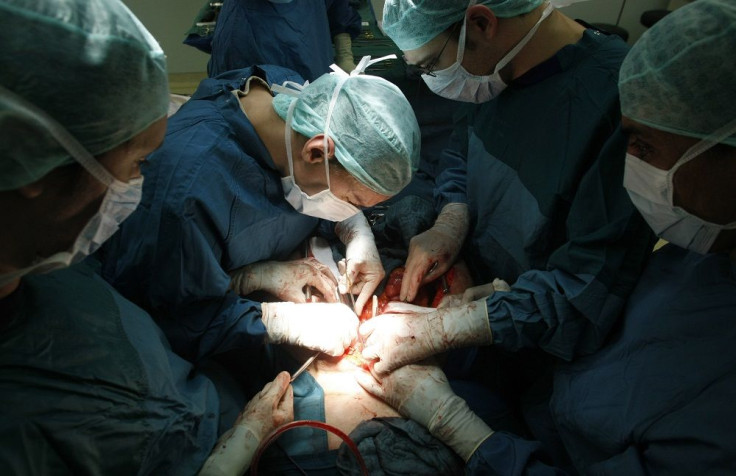Indian startup grows artificial human liver in lab

The research team at an Indian biotech start-up, Pandorum Technologies, has grown an artificial tissue that performs the functions of the human liver. The breakthrough could eventually lead to development of full-scale transplantable organs.
The Bengaluru-based company says that the 3D printed living tissues made of human cells would enable affordable medical research which will not be too dependent on animal and human trials, reports The Hindu.
Pandorum’s co-founder Arun Chandru said that failure of human trials so far has been mainly due to liver toxicity and drug metabolism. The 3D bio-printed mini-livers that mimic the human liver will serve as test platforms for discovery and development of drugs and vaccines.
According to Pandorum, the company can grow thousands of such tissues in the laboratory and test the efficacy of drugs on them for diseases, including cancer, at much less cost and time than what large pharma companies spend on research and development to get a single drug to the market.
According to Tuhin Bhowmick, another co-founder of Pandorum, the cell-based miniature organs can be used to develop bio-artificial liver support systems for preserving life of patients with liver failure. “In the near future, such bio-printed organs will address the acute shortage of human organs available for surgical transplantation,” said Bhowmick.
The team of researchers who achieved the breakthrough consist of senior Pandorum scientists Arun Chandru, Dr Abdullah Chand and Dr Sivarajan T.
The Times of India reports that the breakthrough has not just raised hopes for patients seeking liver tissues from live donors but has also brought a potential alternative to artificial extracorporeal liver support (or liver dialysis). Liver dialysis is used in detoxification treatment for liver failure, a process similar to hemodialysis.
Global efforts to grow an artificial liver have not been successful so far due to the clinical complications of the process. In 2013, a Massachusetts Institute of technology (MIT) engineer Sangeeta Bhatia said that although the liver is a regenerative organ, global efforts of researchers working in the hope of producing an artificial liver tissue for transplantation have repeatedly been stymied.
Contact the writer at feedback@ibtimes.com.au or tell us what you think below.




















